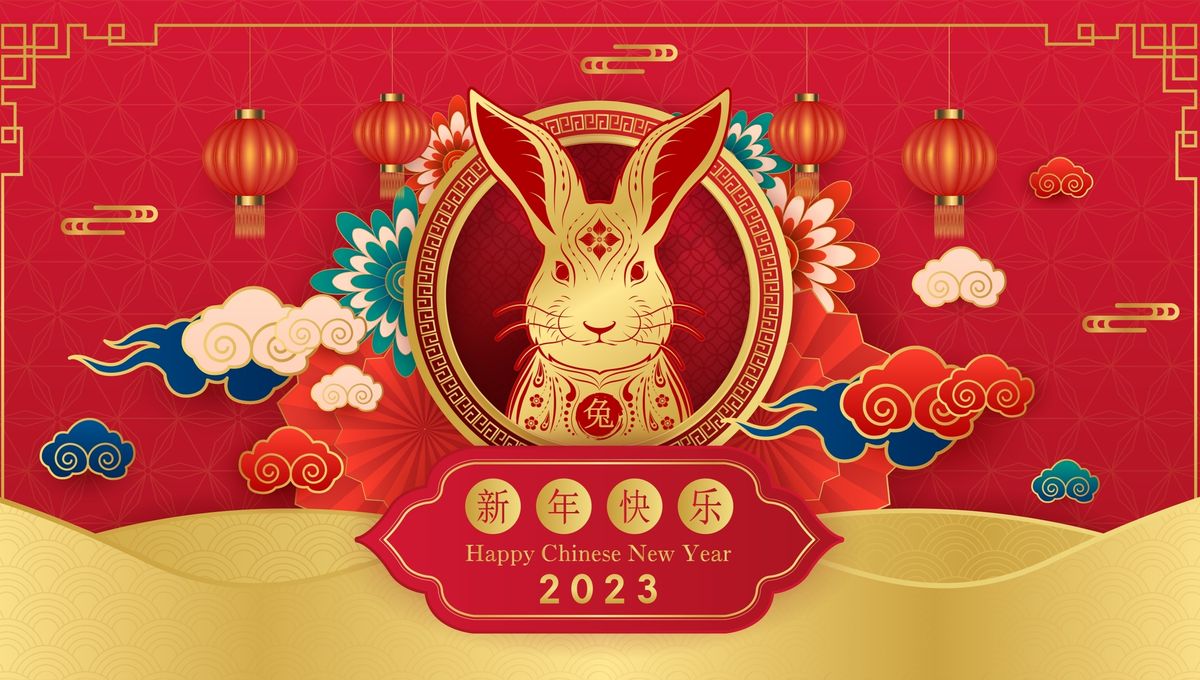
Since at least the neolithic, humans have been creating calendars to keep track of the changing seasons. Secularly today, we used the Gregorian calendar introduced in 1582 by Pope Gregory XIII. This is a solar calendar, where one solar year is measured by one rotation of the Sun by Earth and is equivalent to 365.2422 days. But solar calendars are not the only way to measure time. With Chinese New Year yesterday, China has just entered the Year of the Rabbit, according to the lunar calendar.
What is a lunar calendar?
Lunar calendars are based exclusively on the lunar cycle. A lunar month is 29.5 days so is a period of 12 lunations. The standard lunar year comes short of the solar year with 354 days and a handful of hours.
The Islamic Hijiri calendar has months that last either 29 or 30 days with each month, beginning at the first sight of our natural satellite following the new Moon. The months in a lunar calendar cycle through the seasons of a solar calendar over 33-34 lunar years.
What are lunisolar calendars?
Other calendars have taken a hybrid approach. Lunisolar calendars use lunar cycles to dictate the month but equalize it to the solar calendar with the use of leap months every few years to make up the difference between the lunar and solar calendars.
Lunisolar calendars are used in many cultures. Some are from ancient times, used by the Inca, Babylonians, Egyptians, and Celts. Others are still in use today such as the Hebrew calendar, the calendar from the Hindu calendar family, and calendars descendent or influenced by the traditional Chinese calendar.
Why do some religious festivals change in the calendar?
While, most countries employ the Gregorian calendar, lunar and lunisolar calendars are used to calculate religious festivities in every culture. The date of Easter for Christians and Pesach for Jewish people depends on the first full Moon following the Northern spring equinox (although due to leap months in the Hebrew calendar, this can change).
The month of Ramadan is the ninth in the Islamic calendar and it lasts from the first sight of the crescent Moon to the next. The Hindu festival of Holi is celebrated on the full Moon of the Phalgun month in the Hindu calendar.
When is Chinese New Year?
Variants of the Chinese calendar have influenced many calendars across the Sinosphere, and its most popular celebration – the Spring festival, now known as Chinese New Year – has influenced the Lunar New Year celebrations for many other Asian countries and cultures. It falls on the new Moon, during a period that in the Gregorian calendar is between January 21 of January and February 20.
Source Link: What Is Lunar New Year And How Do Lunar Calendars Work?